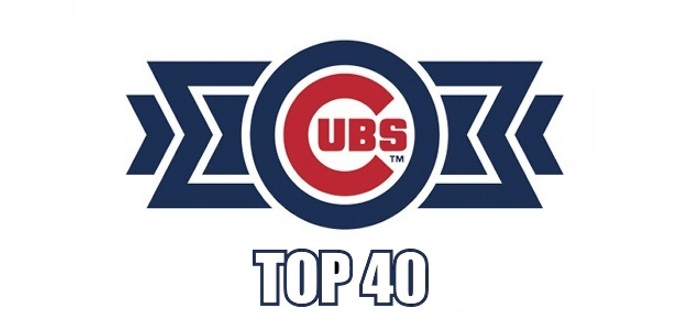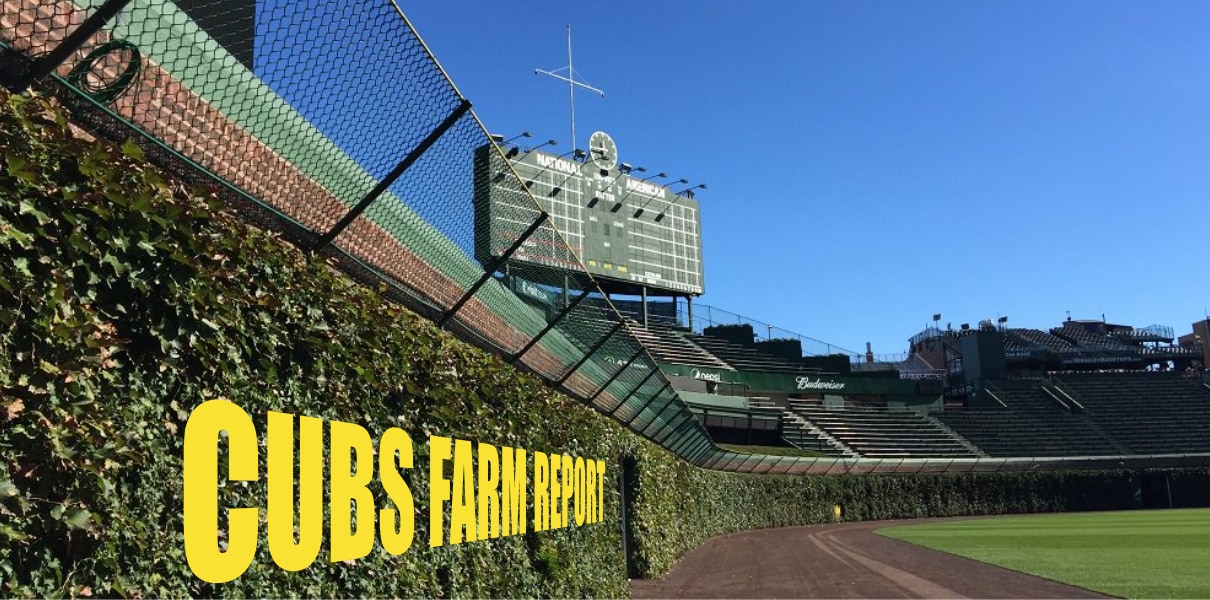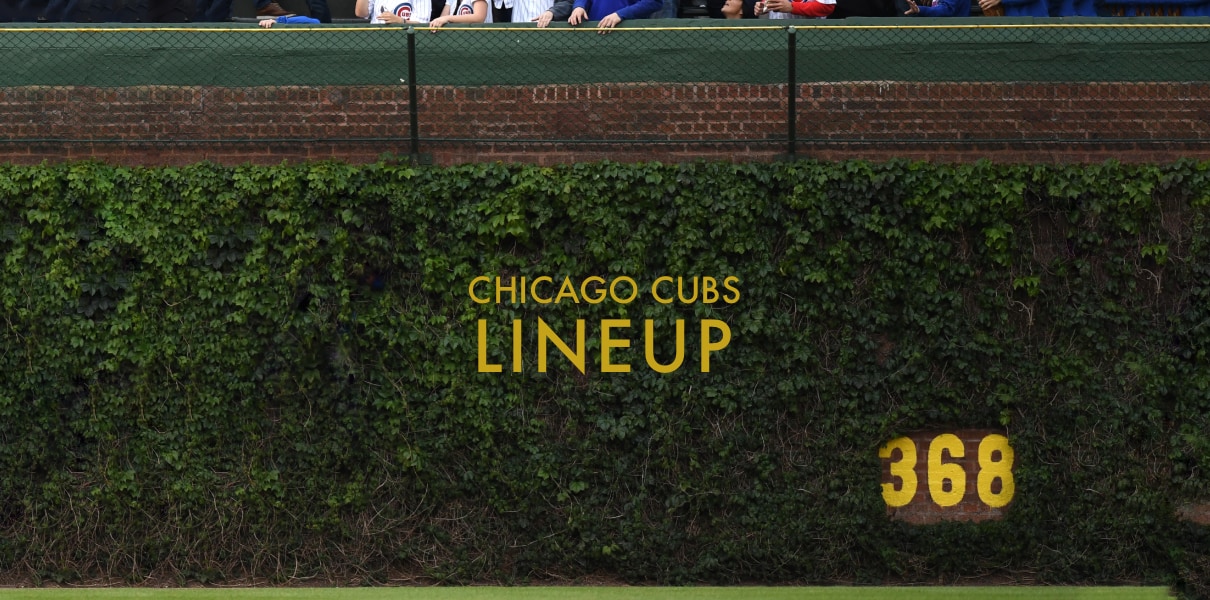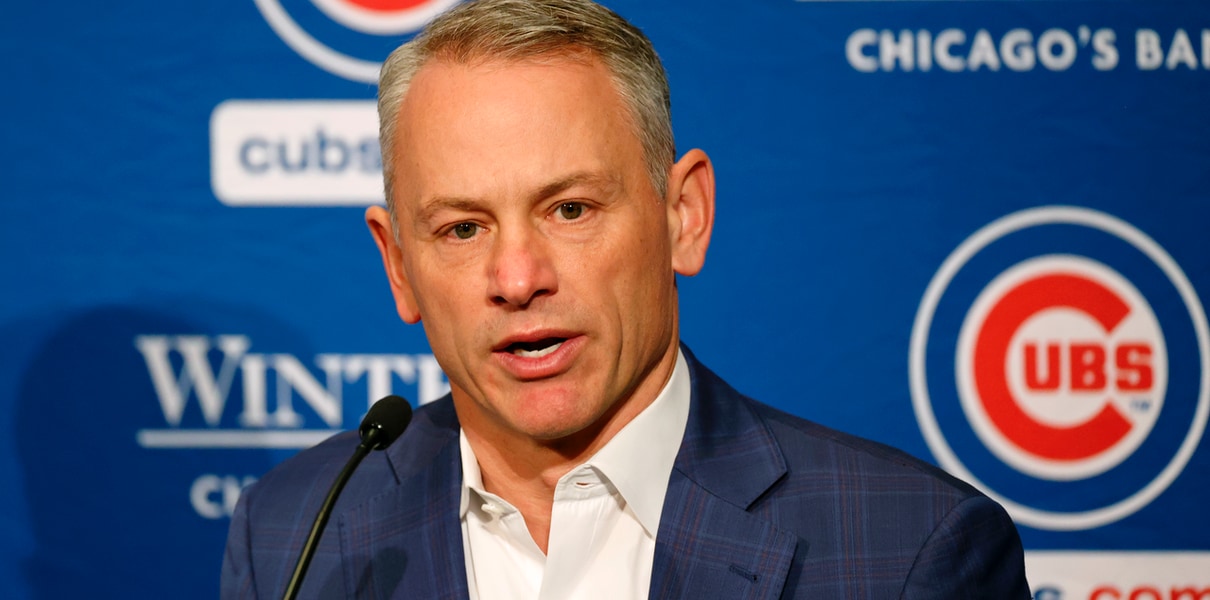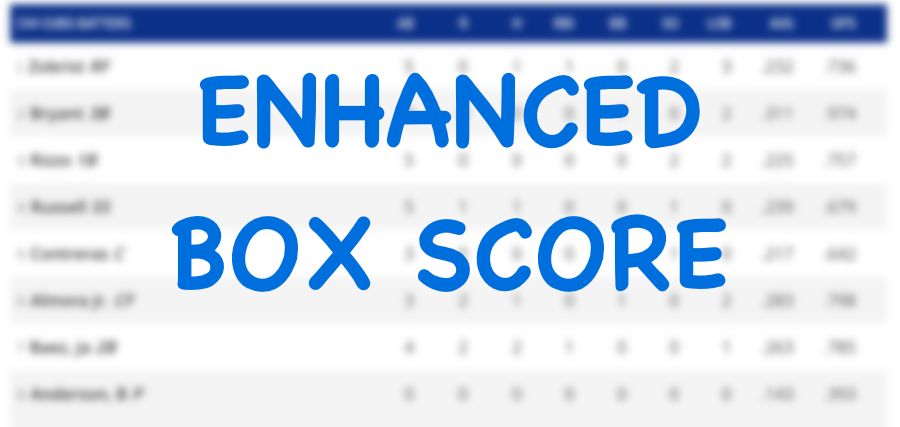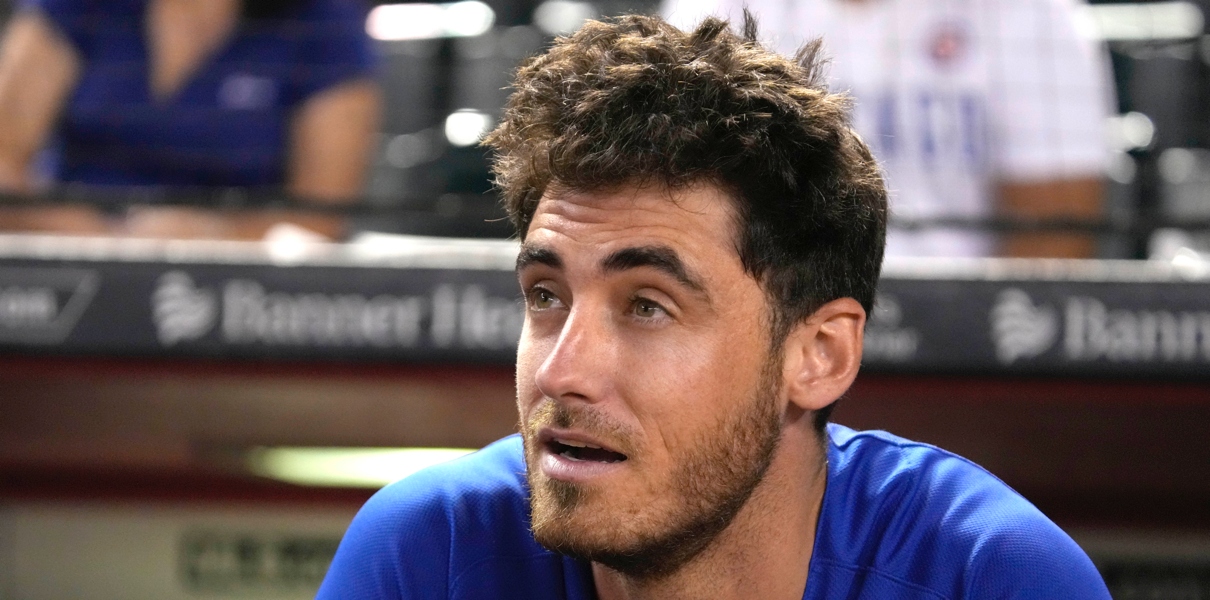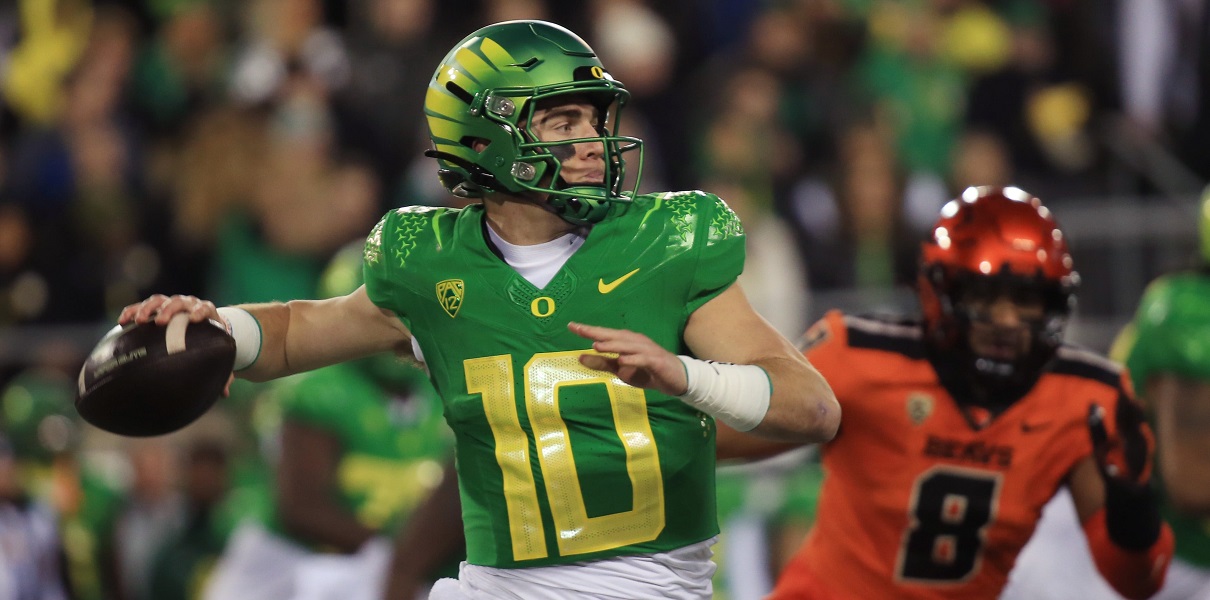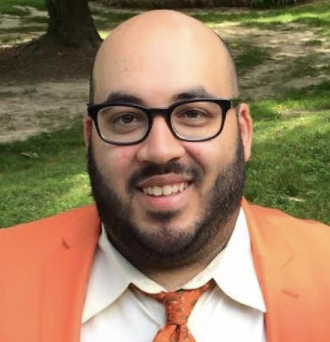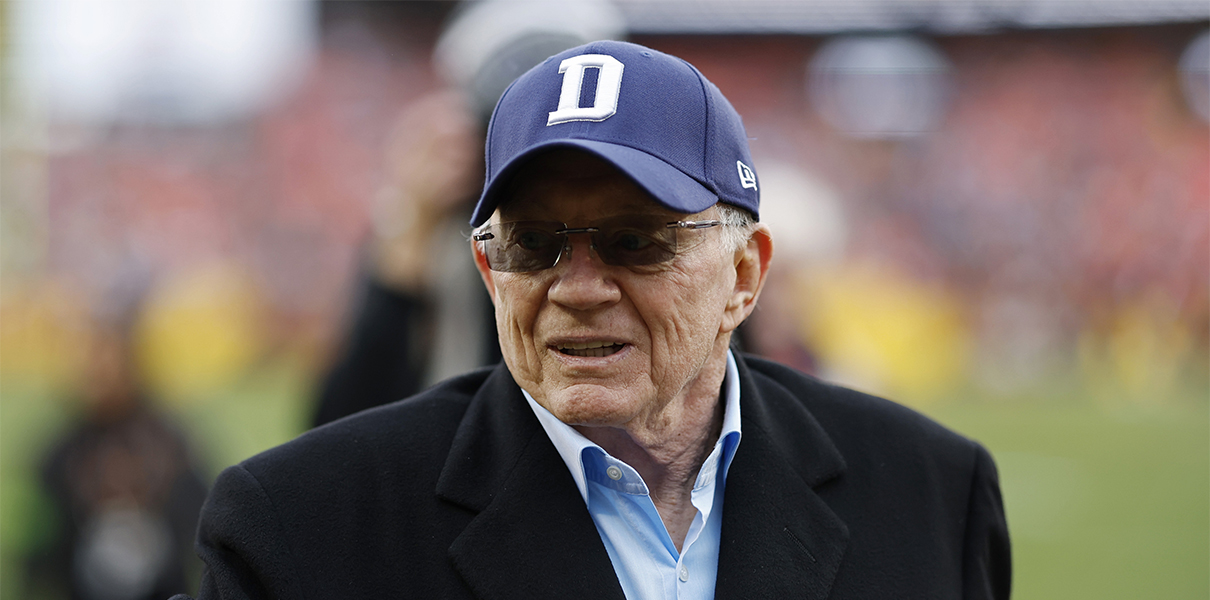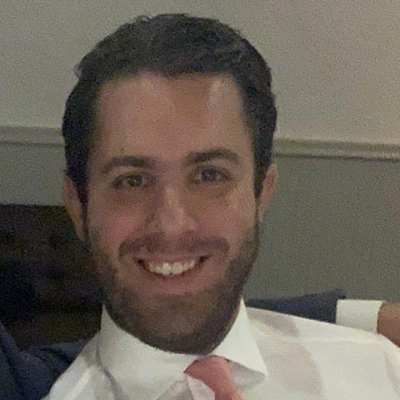This round of prospect rankings, which annually comes after the Trade Deadline, has been an experience.
When I start compiling my rankings, I stick all the players in the farm system into a giant spreadsheet that contains a number of key stats, and then start doing some math things to weight and sort and transform those raw stats into ordered lists. I’ll run the list through a number of different models, each one valuing a particular stat slightly more or slightly less than the others, to get a feel for the lay of the system before I start more subjectively slotting names into ranks.
Generally, there are a handful of names who stick near the top no matter how I massage the numbers. A few years ago, for example, Willson Contreras moved from unranked to Number One in part because he dropped no lower than third or fourth no matter what I did to the numbers.
This year was very different. This year, even slight changes to stat weights or valuation formulas made radical and surprising shifts in the rankings. For example, in one version Dakota Mekkes was the best prospect in the system. In the next, it was Jason Vosler. Adbert Alzolay made an appearance on the top, and with a slight tweak to the math he fell out of the top fifty. That ridiculous amount of variance speaks to the evenness of this system. There are some potentially impact prospects, but they are deep in the system. There are good prospects at the high levels, but they mostly project more as good players rather than stars. The lower Risk players generally don’t have a high Projection, and the high Projection guys are generally high Risk. Since I rank on a mixture of Risk and Projection, everything is zeroing out to a greater degree than I have ever seen before.
But some names did appear high more often than not, and at the end of the day I feel pretty good about these rankings. There are a lot of new names. There are probably some surprises. But for the most part, I think this list feels right.
Anyone who has appeared in the majors I graduated off the prospect list (with a couple of exceptions) even if they only stayed there a few days. I didn’t wait for them to break the rookie minimum or anything of that nature. Once they hit the majors, you know who they are (or should, anyway) because we have talked about them quite a bit already. The point of this list is to introduce you to the farm system, not rehash guys who are just waiting for rosters to expand.
I also did not include very many names from the 2017 draft. Only one (Alex Lange) made the list despite not appearing as a professional so far, and a few others who did appear as a professional I left off because I really don’t have the data to compare them yet. The 2017 draft will likely be better represented when the 2018 Top 40 comes out in the spring.
So here we go. By popular demand, I’m going back to the count up from forty format. That means the 2017 Mid-Season Bleacher Nation Top 40 Prospects List starts with …
40. Brailyn Marquez, LHP
Age: 18
Level: Arizona
Acquired: The Cubs signed Marquez as an international free agent prior to the 2016 season.
Key Stat: 10.72 K/9, 45.9% ground ball rate
Marquez is a pitching prospect to watch. At 6’4″ and 185 pounds, he has soom room to add a bit of muscle which could help with his velocity. But with this current stuff … and I’m entirely sure what that stuff consists of since there are very few scouting reports on this guy … he already has a very good strikeout rate, a very good walk rate (1.99 BB/9), and a strong ground ball rate. That is a great foundation for a teenage lefty to build on.
I think we will be hearing a lot more about Marquez as he moves up the system. When he makes it to Eugene where we can get some video of him, that will be must watch MiLB.tv.
39. Yeiler Peguero, 2B
Age: 19
Level: South Bend
Acquired: The Cubs signed Peguero as an IFA prior to the 2015 season.
Key Stat: As a switch hitter, he is already walking almost 10% of the time.
Peguero is a small, switch-hitting middle infielder who made it into the Midwest League as a teenager. His slash line isn’t anything to write home about (.239/.319/.338), but he sneaks onto the Top 40 due to his peripheral numbers. In particular, the 9.8% walk rate is very good sign for a young hitter. The 18% strikeout is on the high side, but given that he has two swings to work on instead of one, I’m not as concerned about the strikeout rate as I might be.
If Peguero is going to stay on this list, he’ll need to continue to improve his power. He has two career home runs and an Isolated Power of just .099, but that ISO is trending up. Added muscle will probably help (he’s listed at 5’10”, 150 lbs), and the added power should help boost both his AVG and SLG.
38. Matt Carasiti, RHP
Age: 26
Level: Iowa
Acquired: Acquired from the Rockies in 2017.
Key Stat: 13.91 K/9, 52.2% ground ball rate.
Carasiti has reached the majors with the Rockies, but not with the Cubs so he makes it onto the list. He should get his chance in Wrigley in September, though, if not before.
Carasiti features a good fastball that sets up his breaking stuff, and the result is often a weak grounder or a strikeout. His walk rate (2.45 BB/9) is nothing to worry about, and while his 4.09 Iowa ERA may look worrisome, it is inflated by a laughably improbable 20% HR/FB rate. Bring that HR/FB down to normal and we see an xFIP of 2.15. His groundball stuff works much better against right handed batters; if he can find a way to limit the hard contact from lefties, he could be a future late inning candidate.
37. Jake Stinnett, RHP
Age: 25
Level: High A
Acquired: Second round, 2014 draft
Key Stat: Hey, at least he’s back on the mound.
I expected Stinnett to head to Tennessee this year, but instead he went to the disabled list until July. After a couple innings in Mesa, the Cubs sent him back to High A to ease him into the 2017 season. As a result, we don’t have any meaningful 2017 numbers to look at.
Stinnett has not moved through the system as fast as we hoped when the Cubs drafted him out of Maryland, but there is still plenty of promise in his stuff. At his best, he works in the mid to low 90s, stays around the strike zone, and gets a lot of grounders and quite a few strikeouts. Sometimes the control wobbles, though, and that results in walks and leads to some bad innings. If he can become a bit more consistent, I still think he has a chance to be a decent No 3 or No 4 starter one day.
But given his age, he probably needs to be challenged against Double A hitters as soon as he has shaken off the rust from his long stint on the disabled list. Given the tidal wave of pitching coming up behind him, Stinnett may have a hard time finding starting innings if he doesn’t establish himself in Double A soon.
36. Kevonte Mitchell, OF
Age: 21
Level: South Bend
Acquired: 13th round, 2014 draft
Key Stat: His 107 wRC+ is his best since Rookie ball.
The Cubs drafted Mitchell as a very good athlete who was still learning to translate that athleticism into baseball skills. Now that he has a few seasons behind him, we are starting to see the sort of player he could become.
Mitchell still has a high strikeout rate (24.2%), but that number is trending down over the past two seasons. His ISO is a very robust .173, and he has hit ten of his fifteen career homers in 2017. He is also a threat on the basepaths, with 15 steals already this year.
The strikeouts will need to continue to come down, but if they do Mitchell could have a very nice future as a corner outfielder with a good mix of speed and right handed power.
35. Carlos Sepulveda, 2B
Age: 20
Level: High A
Acquired: Signed as an IFA prior to the 2015 season.
Key Stat: His career worst strikeout rate is only 15.2%.
Sepulveda has only played in 28 games this season, and he has not had a good season. His line of .196/.272/.214 is not good on any scale, and he is still looking for his first home run or steal. On the other hand, in this career worst season his strikeout rate is just 15.2%, his Batting Average On Balls In Play is a very unlucky .234 (his career norm is closer to .340), and his walk rate is still a perfectly fine 8.8%. I think he has been better than the numbers look.
That said, this left handed hitter will need to show some additional power if he is going to stay on the prospect radar. His 2016 ISO was a career high .063, and that’s probably not going to cut it long term. Add a little more power, though, and his good patience and understanding of the strike zone could turn him into a quality option as a second baseman one day.
34. Alec Mills, RHP
Age: 25
Level: Iowa
Acquired: Acquired from the Royals prior to the 2017 season.
Key Stat: He’s been on the disabled list since April.
The Cubs acquired Mills over the winter, and it looked like he would immediately become one of their first options to come to Chicago as soon as the major league team needed a starter. Instead, he went on the disabled list with an ankle injury in April and hasn’t made it back yet.
When healthy, Mills gets his share of strikeouts (8.38 K/9 in Triple A in the Royals farm system last year), limits the walks (2.95 BB/9), and earns plenty of grounders (47.1% grounder rate). That’s a recipe that could turn Mills into a quality back of the rotation starter, or (if things break very right) set him up for a future in the middle of a rotation.
33. Andruw Monasterio, SS
Age: 20
Level: Myrtle Beach
Acquired: Signed as an IFA prior to the 2014 season.
Key Stat: Good walk rate, good strikeout rate, no power.
You should be noticing a pattern by now. The Cubs are definitely showing a tendency for a certain type of player on the international scene.
Monasterio is another light-hitting middle infielder who draws plenty of walks (8.2% walk rate), does not strike out too much (14.4% strikeout rate), and really needs to develop some power to launch his career (.046 ISO). Monasterio, 6’0″ and 175 lbs, is a bigger athlete than the other two similar players we have seen so far, and might have the best chance of finding that additional power.
Assuming he can move his ISO north of .100, which would help his AVG and OBP as well as his SLG (because of the quality contact it would require), then the question becomes whether Monasterio stays at short or morphs into a utility player. Given the situation in the rest of the Cubs’ system, including the young shortstops in Chicago and a couple players we haven’t talked about yet, I think his Cubs’ future is more likely in a utility role.


